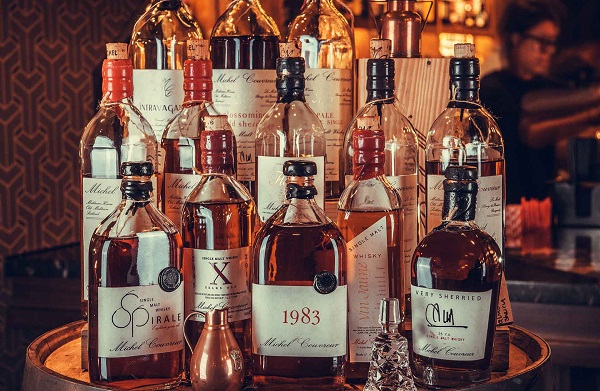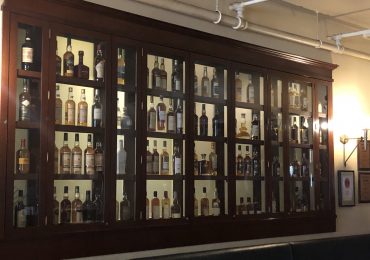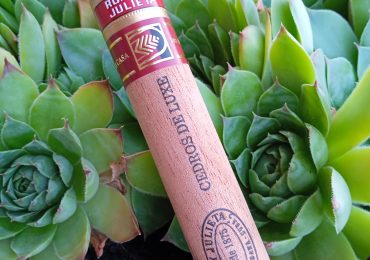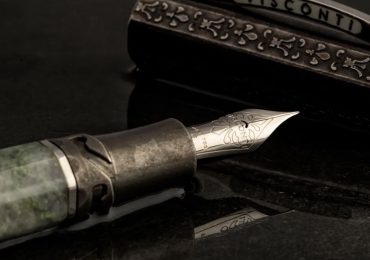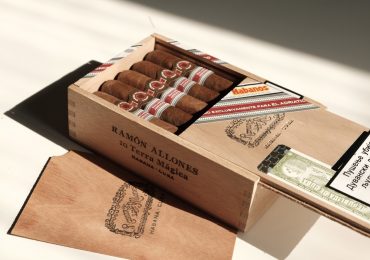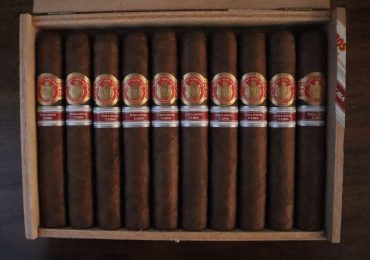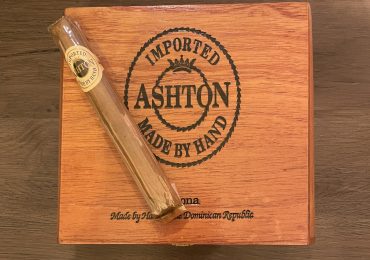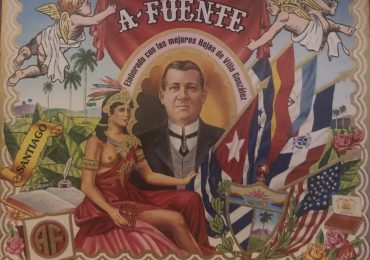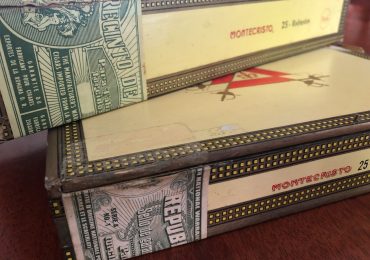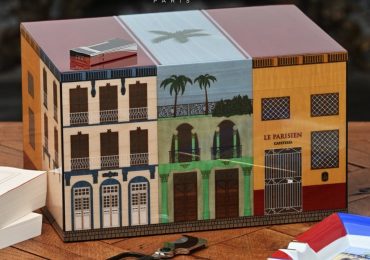Of the many eau-de-vies and spirits that have defined France, and her cultural contributions to the world, whisky may not be one we immediately think of. Just like Brittany’s rugged heathland coast could be easily mistaken for the highlands, there is no denying the Celtic roots of Northern France. This ancestry has been honored with national interest in Whisky and barley-based spirits exploding over the past 3 decades.
Far from an unlikely home for the whisky craze, the Celtic spirit is a natural extension of this terroir, the humidity is matched to that of Scotland, with the tempestuous rain, wind, and sea all familiar inspiration for the production of this coveted elixir. The 2-3 extra degrees on the gallic coast, can be seen as an advantage allowing the whisky to mature faster, translating to a higher alcohol percentage.
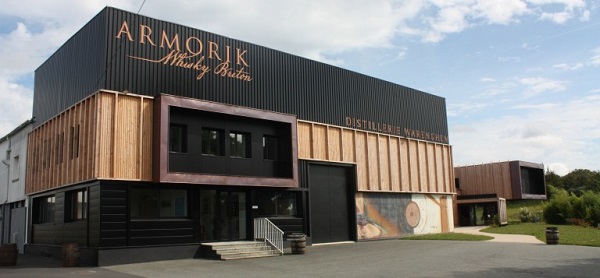
The Popularity of Whisky in France.
Despite the ideal conditions offered by the nation, an incredible history of distilling, high quality grains and barley, and an enthusiastic population of patrons (France ranks as the largest consumer of whisky per capita); the history of domestic whisky production in France has been remarkably short. Brittany’s Warenghem distillery was the first to produce the nation’s first double distilled whisky in the early 1990s. Today it is home to perhaps the most popular domestic brand, Armorik. 77 distilleries, most of them small scale operations solely for local consumption have since sprouted across the country. Each produces their own local twist of the Celtic spirit.
Essential to wines, cognacs and gastronomy the French have applied the philosophy of the terroir to whisky, the idea that one can taste geography. Thereby a finished product stands as an expression of the distinct climate, soil, humidity, and processes; distillation, fermentation, and aging native to the micro-climate of a region. At Warenghem, a damp and temperate climate are wrangled to bring out notes of flowers, heather and cereal, flavours associated with Armorik. A short 35 kilometers away, the rugged maritime climate of the Glan Ar Morr distillery highlights the briny, peaty, and saline characteristics due to the Kornog casks being left to age on the rugged, remote shores of the Cote d’Armors.
STRICT CRITERIAS
Just like with the nations’ inimitable wines, criteria is established to maintain the integrity of France’s gastronomical delights. Two regions, Brittany and Alsace have received legally protected status or “geographical indications” standardizing the unique specificities of whisky production in each region. Whisky from Bretagne may be made from a variety of grains, wheat, spelt, corn or buckwheat. To earn the “GI marque” in Alsace, it must be produced from 100% malted barley. Breton Whisky allows coloring while Alsatian ones do not.
These instated criteria may be the clearest indication of France’s burgeoning domestic whisky industry. Going far beyond imitation of its Celtic neighbors, the nation is now at the point of pursing the unique French character of the whisky, a trend that has augmented the country from a peripheral global producer to a considerable one.
Naturally it is hard to imagine French Whisky production without feeling the lingering viticultural influence of the countryside. In the Champagne region, distiller Thierry Guillon creates his malt-based spirit with the extra step of Chaptalization, the adding of sugar during fermentation. This reference to his wine making roots is his own trademark, and way of paying homage to the spirit of the Reims mountains. These touches are to be expected, as managing director of the French Whisky Federation, Philippe Jugée points out, around 10% of all whisky producers started out as winemakers.
As Whisky is still in its infancy in this country, many expect the definition to become more specific. So far, the working definition requires the whisky to be fermented, distilled, matured for 3 years, and bottled within France. The French whisky federation may breach the subject of domestic malting and question of aging in exclusively ex-French wine and spirit casks.
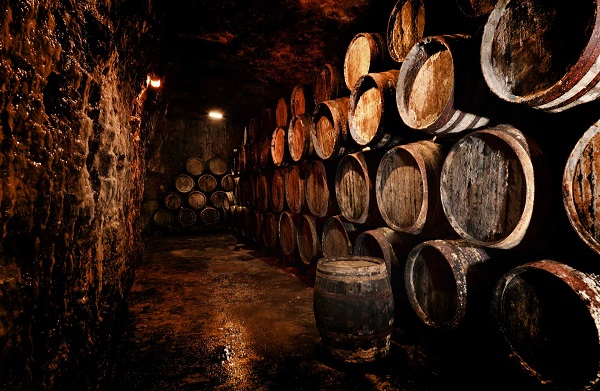
MICHEL COUVREUR’S IMPACT ON FRENCH WHISKY
Decades before the ironing out of details of what constitutes this now world-renown whisky producing country, it is worth stepping back and assessing the pioneering influence of Michel Couvreur on French whisky production. Originally a wine maker and importer, Belgian, Michel Couvreur operated a “finishing house” (rather than distillery) where he selected unique scotch whiskies, imported them back to Bourgogne, to be aged in Spanish sherry casks. Couvreur’s absolutely unique premise was to marry Scottish ancient grains, the climate of Bourgogne, and the rarest Spanish casks in creating a hybrid product unlike any other.
This unique approach places the focus on the maturation process. It is from the mysterious process of aging that a simple grain spirit may be transformed to a whisky. Couvreur thereby places France front and center, the Bourgogne cellars being the missing factor in delicately extracting the wine flavors hidden in the Spanish oak wine casks. Described as a perfectionist, Michel would painstakingly research each variable, from grain, to cask, to maturation. Couvreur would describe this experimentation as akin to cross-fertilization. The fruits of this experimentation would lay down the groundwork to how future distillers would concoct a uniquely French whisky.
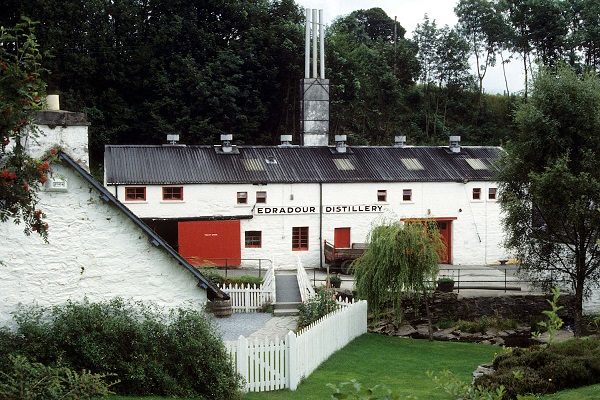
Couvreur started his career in the 1950’s marketing his wine in England and Scotland. Inspired by the majesty of the Scottish countryside, on hunting and fishing trips, an attraction was formed with Scotch whisky, the liquid expression of this distilled natural beauty. By 1964, Michel relocates to Scotland, his wine profession taking a peripheral position to his learning of the secrets of Scotch malt. In 1978, Couvreur registers a small scotch operation in Scotland, and produces his first grain distillation at the nations’ smallest distillery in 1986. It is at the Highland Edradour distillery (Distilling information is not available on Couvreur’s bottles), the last surviving farm distillery and stronghold of traditional methods, that the mandate for Couvreur’s whiskies became clearer.
Just like the legacy of Edradour, Michel’s fiercely independent vision would go against the tide of cut corners to meet mass production. Couvreur launched an investigation into procuring the most ancient strains of grain, leading him to the remote Orkney islands, home to Bere barley, a crop that was at the time all but extinct. The next step was of course traditional fermentation by way of floor malting at Highland Park (amongst the 10 commercial distilleries that still keep the tradition), before being distilled at Edradour.
A purist through and through, Michel was disheartened at the trend of traditional sherry cask use subsiding in favor of cost-effective steel or plastic containers. The popularized use of ex-bourbon casks for Scotch since the 70’s, he qualified as nothing short of a tragedy. This should come to no surprise as for Couvreur (wine producer and expert) the cask was the most important variable in the equation of producing whiskies. He has proclaimed that 90% of the quality of the whisky comes from the cask, whilst only 10% is owed to distillation (this may give insight as to why the location of distillation is not noted on bottles). With the problem of reconciling the Scottish grain spirit with readily available Spanish Sherry casks, Couvreur would relocate his operation to Bourgogne. In his wine cellars on the hillsides of Bouze-les-Beaune, Couvreur geographically positions himself half-way between the Scottish Highlands and the Andalusian vineyards, from where he procures his barrels.
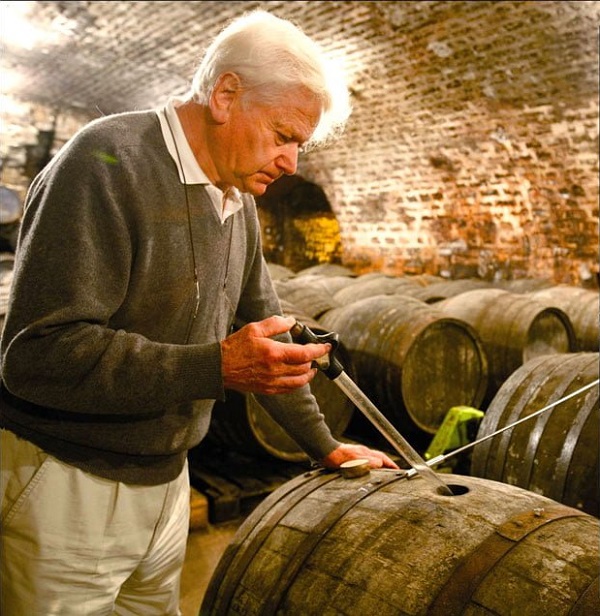
Considering the man’s heavy cask centric focus on whisky production, it’s no shock to consider how much money, time and effort was allotted in finding increasingly rare casks. From Palomino to Pedro Ximenez grape varieties, Couvreur sought the secrets retained in the ex-sherry oak casks, it was here that the promise of an exceptional “Michel Couvreur” product lie. Michel saw the symbiosis of flavors that may occur, when the residue of distant wines of decades past is placed in reaction with an ancient grain spirit. The man’s detective work about the origins of a barrel, what was in it previously and for how long, was well worth it. The result (as some of the readers who have tried Couvreur’s whisky can attest to) has been described as the “epitome of excellence”. Described by some as “whisky for wine drinkers”, Michel Couvreur may have been exactly what was needed to reintroduce France to its Celtic roots, setting the groundwork for a nation soon to be swept up in Whisky production.
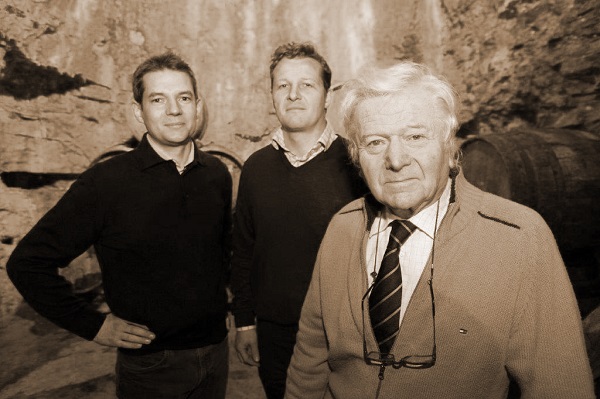
Michel Couvreur passed in 2013, leaving his daughter, son in law, wife and cellar master the task of continuing the man’s incredible legacy. Initially little-known outside of the francophone world, newfound interest in French whisky has shed long overdue attention to the Couvreur name. Their flagship release is the idiosyncratic, Overaged Malt 12 year; one that’s garnered particular attention on account of it’s staggering blend of 54 single malts ranging from 12-27 years in age. The bottle is a testament to his ambitious and experimental spirit, unique from the content, method of production to the red-wax sealed presentation of the bottle, a nod to the man’s viticultural background.
Couvreur has been described by the press before as “the last of the Mohicans”, an artisan struggling against the inevitable march of time favoring automation and modernity. Far from holding on to a dying method of production, his activity has inspired the first generation of small and large-scale French domestic whisky distillers. His pursuit of Bere Barley correlated with a growing interest in the ancient grain, most notably finding a champion in the small Islay distillery Bruichladdich. From winemaker to independent bottler, any comprehensive history of French whisky will be sure to mention the legacy of Mr. Couvreur.
